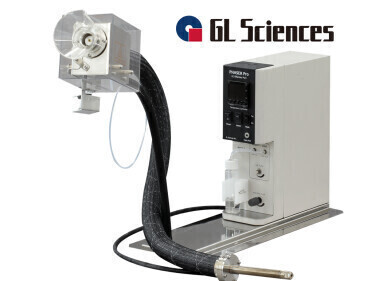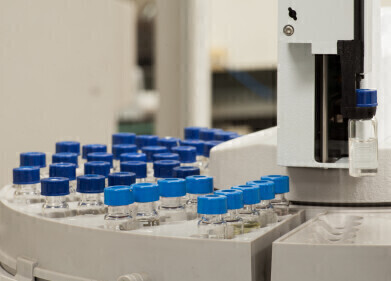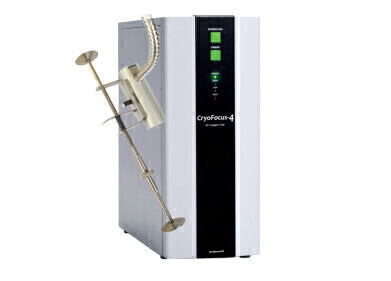GC, MDGC
A Guide to Basic Chromatographic Terminology
Aug 02 2014
Chromatography is a difficult enough technology to fathom at the best of times and the number of technical terms used can be daunting. This handy guide clarifies some of the more frequently used terms to aid understanding.
Absorption
In chromatography, absorption signifies the process by which a solute partitions into a liquid-like stationary phase.
Adsorption
The process by which a chemical entity is accumulated on a surface.
Mobile Phase
The eluate moving through the column. In gas chromatography (GC) this will be a gas, and in liquid chromatography (LC) a liquid.
Stationary Phase
The substance that remains in one place in the column. In GC this will be a liquid of high-viscosity, which clings to the inner walls of the column; in LC it will be some sort of packing, either solid or gel-based.
For more information on both the mobile and stationary phase, please see the article Reviewing the Importance of the Stationary and Mobile Phases in Chromatography.
Capillary Column
A column whose inner diameter is under 0.5 mm.
Eluate
The mobile phase exiting a column.
Eluent
The mobile phase entering a column.
Elution
The passage of the mobile phase through the column to transport solutes.
High Performance Liquid Chromatography (HPLC)
The name given to the one of the most modern forms of column liquid chromatography. It is characterized by high flow rates and high back column pressure.
Heart-Cutting
The term used in preparative chromatography and column switching for the collection of the centre of the peak of a solute.
Robustness
The extent to which a method of chromatography and its results will remain unaffected by minor changes in the parameters of the method (equipment, environment, etc.). To learn more about which factors influence the robustness of a technique, read the article: What is a Robust Method?
Partition Chromatography
A type of chromatography based on a thin film formed on the surface of a solid support by a liquid stationary phase. Solute equilibrates between the mobile phase and the stationary liquid.
Flow Rate
The amount of mobile phase that has passed through the column per unit time. The units are millilitres per second (mL/sec) or, more commonly, millilitres per minute (mL/min).
Linear Velocity
The time it takes for the mobile phase to pass through the column. Generally expressed as either centimetres per minute (cm/min) or metres per second (m/s). It is estimated as the column length divided by the time it takes for a non-retained compound to pass through the column.
Interstitial Volume
The volume between the particles in a packed column.
Solute
The term for the sample components being analysed.
Validation
A programme which guarantees the accuracy, specificity, precision and robustness of a method or process. To learn more about the benefits of validation, read the article: Why are Methods Validated?
Void Volume
The volume of the empty column before the mobile phase is passed through it. Ideally this volume should be exactly the same as that of the mobile phase itself.
Events
May 11 2025 Vienna, Austria
May 18 2025 Tempe. AZ, USA
May 21 2025 Birmingham, UK
Jun 01 2025 Baltimore, MD, USA
Jun 15 2025 Bruges, Belgium














